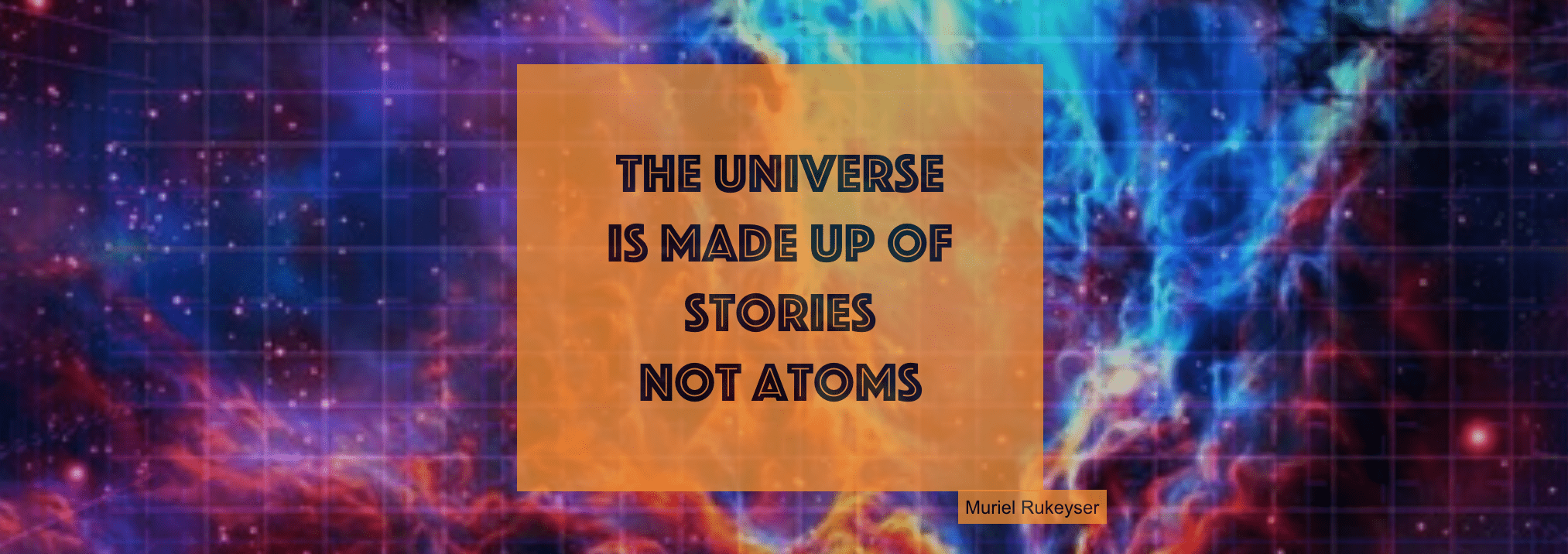 Jon Krosnick, a professor at Stanford, argues that Hillary Clinton’s surprise victory in the New Hampshire primary (contrary to what was being predicted in the pre-election surveys) could be simply due to the design of the ballot! Here is is the key quote:
Jon Krosnick, a professor at Stanford, argues that Hillary Clinton’s surprise victory in the New Hampshire primary (contrary to what was being predicted in the pre-election surveys) could be simply due to the design of the ballot! Here is is the key quote:
Our analysis of all recent primaries in New Hampshire showed that there was always a big primacy effect — big-name, big-vote-getting candidates got 3 percent or more votes more when listed first on the ballot than when listed last. Until this year, New Hampshire rotated candidate name order from precinct to precinct, which allowed us to do that analysis. This year, the secretary of state changed the procedure so the names were alphabetical starting with a randomly selected letter, in all precincts. The randomly selected letter this year was Z. As a result, Joe Biden was first on every ballot, Hillary Clinton was near the top of the list (and the first serious contender listed) and Barack Obama was close to last of the 21 candidates listed. Thus, I’ll bet that Clinton got at least 3 percent more votes than Obama simply because she was listed close to the top.
Reminds me of the design of the Florida ballot during the contested Bush-Gore 2000 election. If you are interested in what was wrong with that design you can read Bruce Tognazzini’s analysis here.
These are both fascinating examples of the complicated manner in which our minds interact with the artifacts we have created.
P.S. Here is a story on Slate that explains the New Hampshire ballot (and its possible impact) in greater detail.



0 Comments